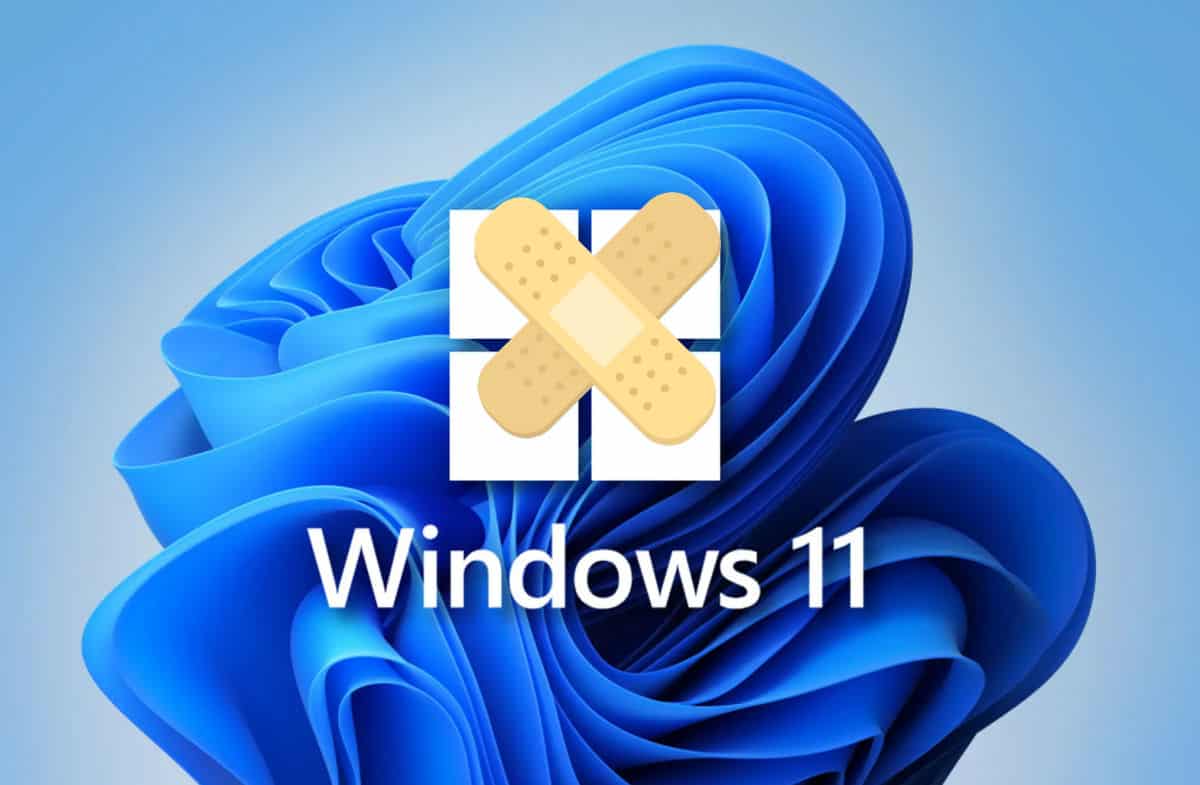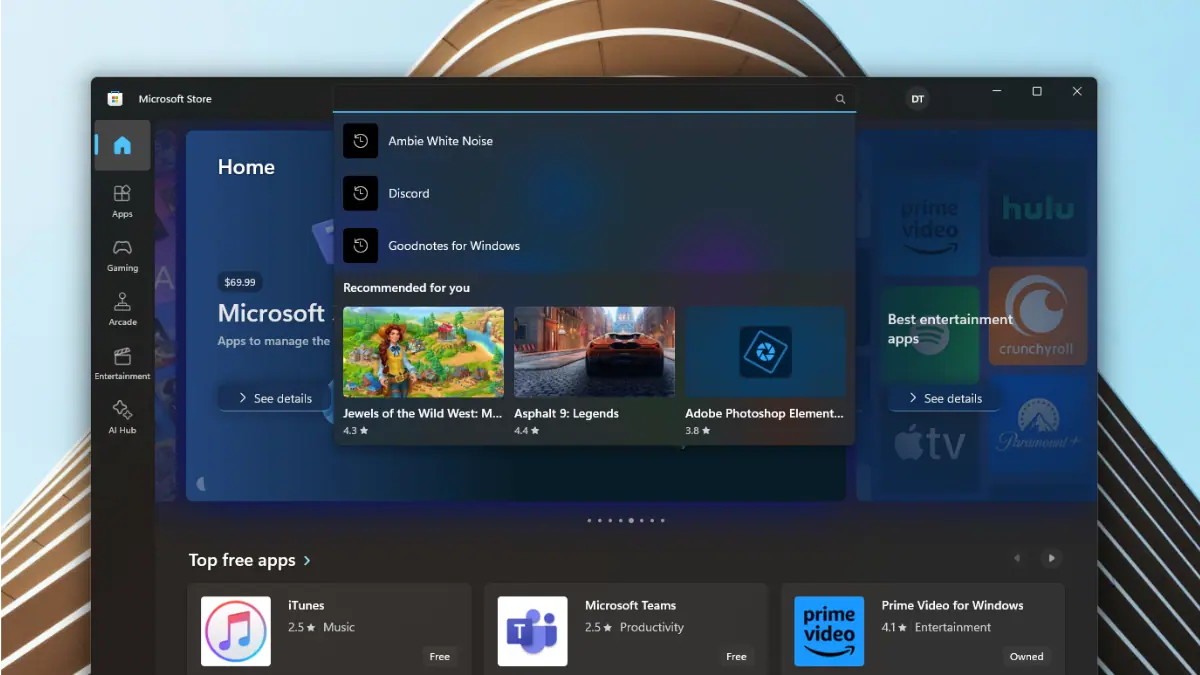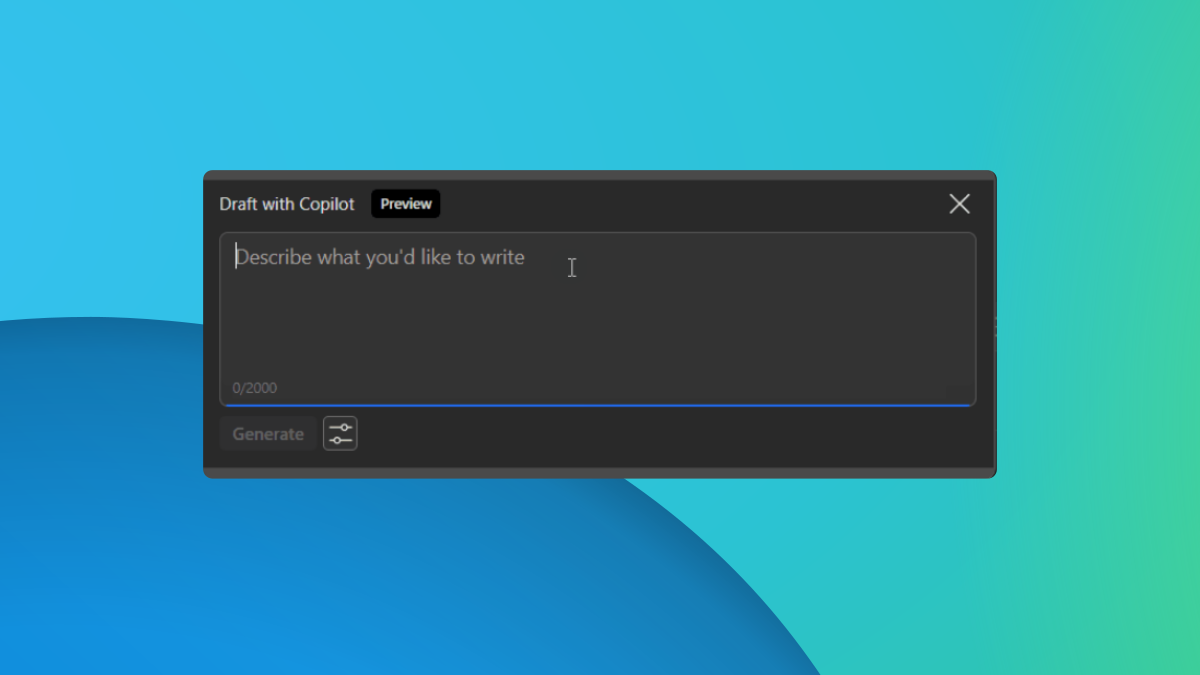November Patch Tuesday: Microsoft release fixes for Windows 10 and Windows 11
5 min. read
Updated on
Read our disclosure page to find out how can you help MSPoweruser sustain the editorial team Read more

It’s the second Tuesday of November, which means it’s time for Microsoft to release their regular fixes for Windows 10 and 11.
Windows 10
For Windows 10 Microsoft has KB5007186 which is available for Windows 10 2004, all editions Windows Server version 2004 Windows 10, version 20H2, all editions Windows Server, version 20H2, and all editions Windows 10, version 21H1, taking the operating systems to build 19041.1348, 19042.1348, and 19043.1348 respectively.
Microsoft notes Windows 10, version 2004 will reach end of servicing on December 14, 2021 and recommends users update to a more recent release of the operating system.
The main improvements are security fixes for Windows 10.
The official changelog reads:
This security update includes quality improvements. Key changes include:
Addresses an issue in which certain apps might have unexpected results when rendering some user interface elements or when drawing within the app. You might encounter this issue with apps that use GDI+ and set a zero (0) width pen object on displays with high dots per inch (DPI) or resolution, or if the app is using scaling.
The security updates include six critical and 49 important updates, listed below:
- 20 Elevation of Privilege vulnerabilities
- 2 Security Feature Bypass vulnerabilities
- 15 Remote Code Execution vulnerabilities
- 10 Information Disclosure vulnerabilities
- 3 Denial of Service vulnerabilities
- 4 Spoofing vulnerabilities
The update comes with the following known issues:
| Symptom | Workaround |
| Devices with Windows installations created from custom offline media or custom ISO image might have Microsoft Edge Legacy removed by this update, but not automatically replaced by the new Microsoft Edge. This issue is only encountered when custom offline media or ISO images are created by slipstreaming this update into the image without having first installed the standalone servicing stack update (SSU) released March 29, 2021 or later.
Note Devices that connect directly to Windows Update to receive updates are not affected. This includes devices using Windows Update for Business. Any device connecting to Windows Update should always receive the latest versions of the SSU and latest cumulative update (LCU) without any extra steps. |
To avoid this issue, be sure to first slipstream the SSU released March 29, 2021 or later into the custom offline media or ISO image before slipstreaming the LCU. To do this with the combined SSU and LCU packages now used for Windows 10, version 20H2 and Windows 10, version 2004, you will need to extract the SSU from the combined package. Use the following steps to extract the using SSU:
If you have already encountered this issue by installing the OS using affected custom media, you can mitigate it by directly installing the new Microsoft Edge. If you need to broadly deploy the new Microsoft Edge for business, see Download and deploy Microsoft Edge for business. |
| After installing the June 21, 2021 (KB5003690) update, some devices cannot install new updates, such as the July 6, 2021 (KB5004945) or later updates. You will receive the error message, “PSFX_E_MATCHING_BINARY_MISSING”. | For more information and a workaround, see KB5005322. |
| After installing this update, when connecting to devices in an untrusted domain using Remote Desktop, connections might fail to authenticate when using smart card authentication. You might receive the prompt, “Your credentials did not work. The credentials that were used to connect to [device name] did not work. Please enter new credentials.” and “The login attempt failed” in red. | This issue is resolved using Known Issue Rollback (KIR). Please note that it might take up to 24 hours for the resolution to propagate automatically to non-managed personal devices and non-managed business devices. Restarting your Windows device might help the resolution apply to your device faster. For enterprise-managed devices that have installed an affected update and encountered this issue, it can be resolved by installing and configuring a special Group Policy linked below.
Note Devices need to be restarted after configuring the special Group Policy. For help, please see How to use Group Policy to deploy a Known Issue Rollback. For general information on using Group Policies, see Group Policy Overview. Group Policy installation files: Important Verify that you are using the correct Group Policy for your version of Windows. |
After installing this update, Windows print clients might encounter the following errors when connecting to a remote printer shared on a Windows print server:
Note The printer connection issues described in this issue are specific to print servers and are not commonly observed in devices designed for home use. Printing environments affected by this issue are more commonly found in enterprises and organizations. |
For workarounds and the latest status for this issue, please see Windows release health:
We are presently investigating and will provide an update in an upcoming release. |
You can download the update by checking for updates in Settings or from the Microsoft Catalogue here.
Windows 11
For Windows 11 Microsoft released KB5007215 which takes the OS to build 22000.318.
Similar to Windows 10, the update also brings security fixes.
The official changelog notes:
This security update includes quality improvements. Key changes include:
Addresses an issue in which certain apps might have unexpected results when rendering some user interface elements or when drawing within the app. You might encounter this issue with apps that use GDI+ and set a zero (0) width pen object on displays with high dots per inch (DPI) or resolution, or if the app is using scaling.
There are no known issues.
You can download the update by Checking for Updates in Settings or from the Microsoft Catalogue here.








